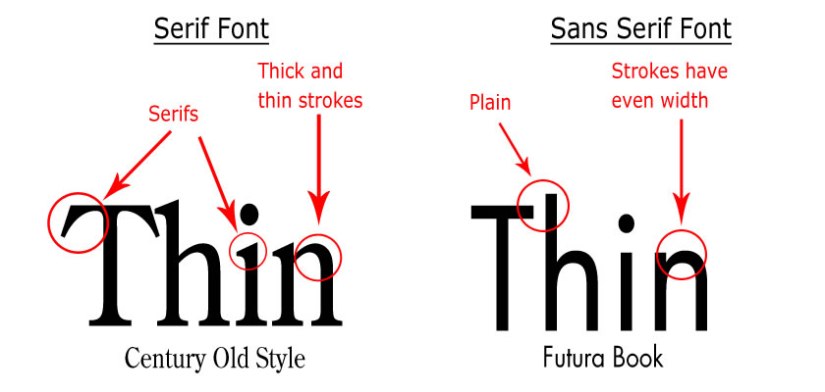I’m being 100% serious. Writing in Comic Sans works. I can’t believe it either.
Comic Sans, really?
Oh, Comic Sans. You can visualize it just by reading the font. And perhaps, just reading that name, your blood pressure spiked by the sheer force of hate.
Me. It’s me. My blood pressure is spiking.
Look, it’s an ugly font (to me). It’s childish and immature (to me). Unprofessional (to me).
But since I am at winter break from school, I wanted to get the first draft of Proserpina’s Lie (tentative title) done. And to do that, I needed something, anything, to get words on paper.
here be the (slightly crusty) memes





But really? Comic Sans?
There are a lot of people who make a living preying on writers. They promise publication and fame for hefty fees. It’s not enough to make money off books anymore. You have to sell dreams — your success — to other writers. This? It promised words. Just beautiful words.
It’s also free. You don’t have to pay for Comic Sans. It is available in whatever writing application you use. It takes less than a minute to switch. And what did I have to lose? If it didn’t work, I could just switch it back to my old font. (Fantasque Sans, for the curious)
I have a pretty in-depth writing log.
These are my stats pre and post change (marked in pink):
| M | T | W | T | F | S | S |
| 1066 | 57 | 1078 | 831 | 61 | 262 | 0 |
| 559 | 0 | 976 | 441 | 0 | 0 | 1554 |
| 1634 | 1013 | 1719 | 432 | 2122 | 420 | 880 |
The first week I switched to comic-sans, I wrote more words in three days than I had the entire previous weeks.
Bolded numbers are days I meet with Word Dancers, which is a group devoted solely to writing sprints. During a 20 minute sprint I did 697 words. I have never done that in my life!
Week 1: 3365
Week 2: 3530
Week 3: 7950 — More than double the previous weeks!
The unbolded days were “struggle” days before Comic Sans (and I still struggle) but the difference is on struggle days before I managed double digits and now I manage triple digits. As far as sprinting days go, I came close to doubling my word counts. Crazy!
Placebo or Genuine?
I told my writing groups about it and was met with a mixture of negative emotions. We’ve all seen the grift (or even bought into it before we know better). Comic Sans is also one of those fonts you have an opinion on.
One of my good writing friends said when she was a teenager, she wrote 150,000+ words in Comic Sans. She found the entire meme amusing and thought about switching back to “teenage mode” to see if it unlocked the same furor as it did back in the day.
A member of Starlight Novelists tried it for a school essay. It didn’t have good results; in fact, she said she wrote less per minute than she usually did.
A local writing group, Word Dancers, who meet solely to write together (no crit, no feedback) attempted it. The fastest writer in the group saw no increase and stayed the same. The slowest writer in the group saw a consistent increase with each sprint using it.
So far? Results vary from writer to writer. Inconclusive evidence.
But is there actual science behind writing in Comic Sans? Believe it or not — Yes!
Like herbal medicine, it is a mix of science and placebo. (Don’t @ me; I alleviate my minor ails with herbals)
THE SCIENCE says “If it’s hard to read, it’s hard to do”. This means that the font you use to write your novel can make a difference. But what’s so special about Comic Sans in particular?
Each letter of Comic Sans has a unique shape. For instance in most fonts, “p” and “q” are mirror images of each other. It also looks handwritten because most non-calligraphers are unable to produce identical letters every time.
For sufferers of dyslexia, Comic Sans is one of the easiest fonts for them to read. However, there are several other dyslexia readable fonts that may produce the same effect as Comic Sans because of their readability:

Plus, any other “Sans Serif” style font is going to rate high on readability scale. What does that mean?

The bottom line? Comic Sans is easy to read.
Another effect of writing in Comic Sans is simply a cosmetic refresh of the project. A long-time standby for curing writer’s block is a change of environment. Refreshing the font is part of that.
Other Writer’s Block Cures
- Change word processor
- Freewrite analog/pen+paper
- Change Time of Day writing
- Listen to music/change music/add ambient noise such as rain
- Exercise; a simple ten minute walk or five minute run to get the blood flowing and your brain active
- Establish a routine — if you are to become a professional author, this is going to be necessary anyway
- Change environment, such as writing in a new room or place
- Inspire yourself by watching/reading something that inspired you to create, such as a favorite film or movie
Do it? Or Nah?
I say give it a try for a few sessions. Document and see how it fares. If it works, great! If not, you know that it’s not for you, and knowing what doesn’t work for you is just as important as finding what does work.
As much as I hate to admit it, for me, writing in Comic Sans works.

